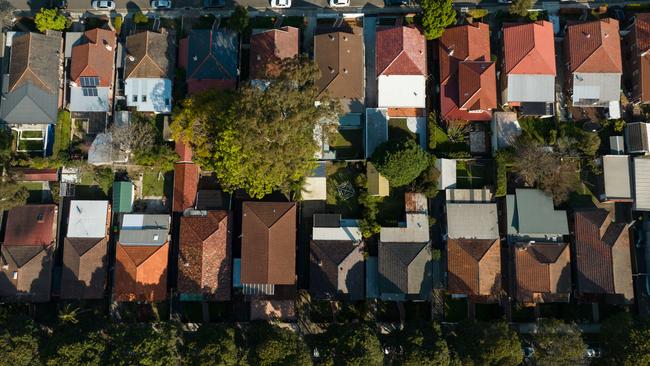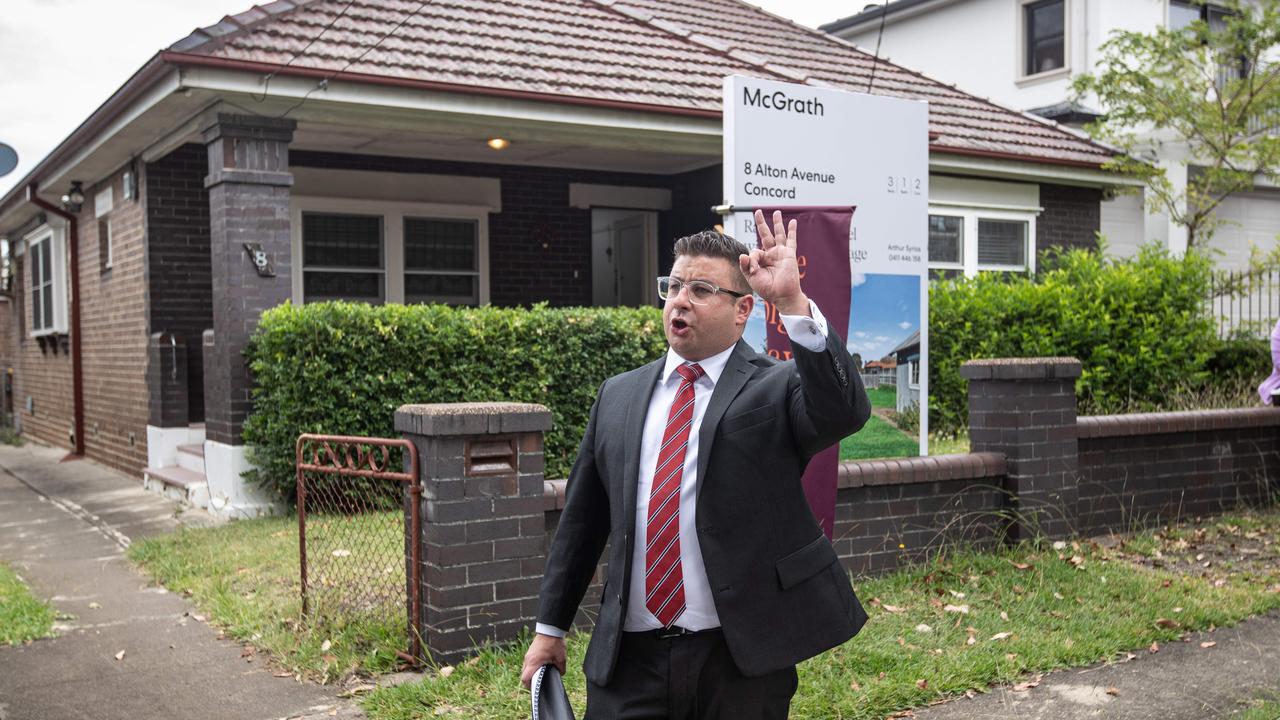Fund bringing HOPE of home ownership to essential workers
A new venture seeks to create homes for essential workers while at the same time presenting investors with a new opportunity in the housing market.

Looking for an investment with strong capital growth potential which also has a feel-good factor about it? Well this one might be for you.
We all accept that property prices in major capital cities are expensive. Sydney is rated as the one of the most unaffordable places in the world to purchase a home and only second to Hong Kong, while Melbourne is also up there on the list of unaffordable places to live.
But if you are lucky enough to live and thrive in a capital city, it is easy to forget that your high standard of living is supported by an army of essential workers who are most likely on lower incomes than you. We are talking about people who work as school teachers, ambulance officers, nurses and social workers.
Essential workers are no different to everyone else, they generally aspire to the same goals and want to share in the great Australian dream of owning a home. But the financial sacrifices they make with their choice of career which benefits all of us can come back to bite them.
A 2019 PwC report found that 29 per cent of essential workers are delaying starting a family due to financial pressures and 23 per cent are living with family and friends to stay close to work.

A police officer working at an inner city Sydney station recently gave a bleak insight into the situation faced by many essential workers at a recent workshop: “Each day I spend three hours commuting from Newcastle to get to the Surry Hills station.
“I am drinking three energy drinks just to get through a shift, and I am too exhausted when I get home to really spend quality time with the kids.”
It is no surprise that one in seven essential workers is planning to move to regional areas and almost 10 per cent is considering leaving the profession. Although state and federal government schemes are in place to help people on lower incomes crack the property market, they are not specifically designed for essential workers and also come with a long list of eligibility requirements.
In comes HOPE, a Sydney not-for-profit fund manager in the early stages of helping to solving this problem. It has already helped more than 10 essential workers and their families enter the Sydney property market.
HOPE, an acronym for home ownership partnering equity, is an initiative that co-invests in properties for middle-income essential workers as well as aims to provide an investment return for HOPE fund investors.
HOPE Housing’s shared equity model is an Australian first – making equity contributions of up to 50 per cent in homes for eligible frontline workers via the HOPE managed fund.
HOPE partners with Police Bank to provide the homeowner with a mortgage of up to 50 per cent for their share of the property. The essential worker puts up a 2.5 per cent deposit and pays the stamp duty, while HOPE contributes up to 50 per cent of the purchase price.
A lending partner such Police Bank will then lend the difference of up to 47.5 per cent.
HOPE has a wholesale managed fund open to sophisticated investors and uses the cash in the fund, plus its ability to borrow 60 per cent of the fund value, to co-invest in the home with the essential worker.
The projected 10-year return is 10 per cent per year net of fees. HOPE says it aims to outperform the 8 per cent per year long-term property growth rates in Sydney and Melbourne through a detailed selection process. Add to this the ability for the HOPE fund to trigger internal gearing arrangements of up to 60 per cent, then the 10 per cent net investor return is not out of the question – especially if future property market growth rates follow historical averages.

The entry fee is 1.5 per cent, the ongoing management fee is 0.5 per cent and there is no performance fee. The lockup period is 10 years and this can be extended to a maximum of 12 years. As such, investors should not expect to see their capital back for at least 10 years.
A turn off for some investors could be that no income is generated from the investment as HOPE does not charge rent on the portion of the home that HOPE owns.
Instead, essential workers are encouraged to increase their ownership stake by purchasing more of the property from HOPE. This provides a gradual ownership transition for the essential worker and also provides HOPE fund investors with liquidity in the form of return of capital and realised capital growth.
HOPE tries to mitigate mortgage distress by limiting the loan to 30 per cent of the essential worker’s household income. However, other things can change that might not align with HOPE investors’ intent. After the property is settled and the essential worker moves in, there is no requirement for the essential worker to remain an essential worker.
A police officer, for example, could use the HOPE scheme to purchase a home and then quit six months later and go to work in the mines. The essential worker can also move out of the home and rent it out for up to three years and retain the HOPE deal under the terms of the agreement.
But negatives aside, in addition to the 10 per cent forecast return, the University of NSW centre for social impact completed a social cost benefit analysis and concluded that for every $1 in the HOPE fund, the social dividend would be in excess of 30c.
This “social dividend” is quantifiable through enhancing physical and mental wellbeing of essential workers through reduced commute times and more time with family, retaining more essential workers near capital cities and making the cost of housing more affordable.
Although not for everyone, property investors who are not concerned about regular income and also want to do something good for society, the HOPE fund might be an interesting investment to consider. And given that it has a not-for-profit status, it would be reasonable to hold a higher degree of confidence that your investment is working effectively to achieve its intended objectives – to generate capital growth for investors and provide a benefit for essential workers.
James Gerrard is principal and director of Sydney financial planning firm www.financialadvisor.com.au







To join the conversation, please log in. Don't have an account? Register
Join the conversation, you are commenting as Logout